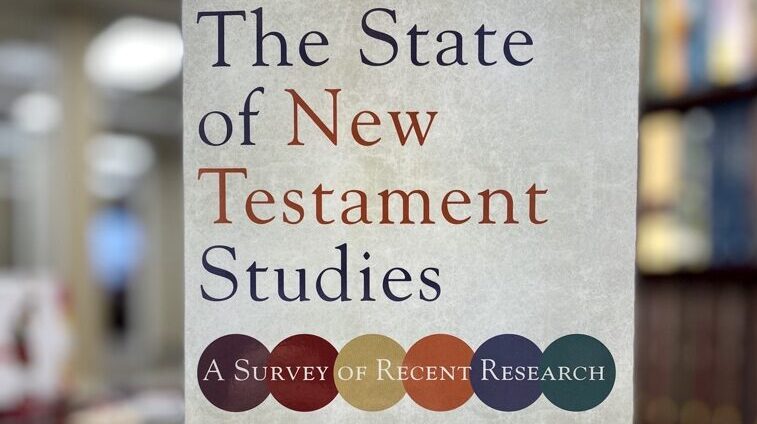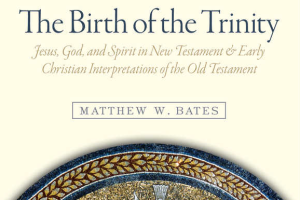The State of New Testament Studies: A Survey of Recent Research
Scot McKnight and Nijay K. Gupta, editors. Grand Rapids: Baker Academic, 2019. 496 pages.
With the fall 2020 semester right around the corner, getting up to speed with the immense area of New Testament studies might seem like a daunting task. Thankfully, Scot McKnight and Nijay Gupta have assembled an up-to-date resource that will help guide students into the ever-expanding wealth of biblical research in 2019’s The State of New Testament Studies. (Prior to this work, the most recent comprehensive resource that was available was The Face of New Testament Studies, which was published by McKnight in 2004.)
This recent book is extremely helpful as it breaks New Testament studies down into four basic areas: ancient context; interpretation; Jesus, Paul, and New Testament theology; and New Testament texts. The volume is comprised of twenty-three essays authored by both male and female authors representing a variety of Christian institutions. It’s helpful to know the essays are generally written to analyze each topic from all perspectives, including feminist, liberation, and post-colonial theologies. In fact, the book is spot on as it observes the need for more global and minority voices within each of the various topics of New Testament research.
Some of the essays are written more in depth to provide a greater understanding of the topic. Other simply concentrate on the research that’s currently available. Reading the entire work would provide a wealth of information to any future masters or doctoral student. Conversely, reading just an individual chapter of interest would bring any student quickly up to speed on a specific topic. For example, under the theme of ancient context, one might want to be aware of the expansion in research about women in the Jewish, Greco-Roman, and early Christian world and therefore read just that essay.
A great example of the value of the book for any student pondering the field of New Testament studies is the eighth essay, “New Testament Christology”. David Capes begins by examining the basic Christological questions that continue to hold the attention of biblical researchers. These questions include such topics as early Christian backgrounds, early Christology, monotheism, other ancient texts, and other Christian texts. Any reader will quickly learn that while the Christological questions remain the same, it’s “how” these questions are analyzed that has widely advanced. A student will also be exposed to how Christology is now more focused outside of the New Testament proper. A great deal of effort is also being put into comprehending Christology in writings prior to the New Testament record. For example, some researchers are studying the antecedent traditions that early Christians drew upon in the development of their Christology. These traditions would include angels, Jewish messianism, or other divine agents. David Capes also describes how other researchers are examining how Jesus was understood to Israel’s God, YHWH, who come to fulfill the hopes of Israel. This eighth essay is also helpful because it exposes readers to Christological researchers such as Larry Hurtado, Richard Bauckham, N.T. Wright, and Chris Tilling. However, the chapter does not shy away from the research of those who arrive at much different Christological suppositions. In his conclusion, Capes also points towards the important Christological issues of the future concerning trinitarian development or the study of the humanity of Jesus. According to Capes, another area of Christological research that’s also expanding is the realm of social and cultural memory.
I would strongly recommend this resource to any student seeking to understand the scope of the field or simply for what topics are of interest to them personally. Overall, this is an extremely helpful resource in exploring current trends in New Testament research. Not only does it expose the reader to the recent developments, it does not shy away from discussing anti-imperial, liberationist, or post-colonial research advances either. Gender and ethnicity issues are also addressed a couple of times in the book as well (for example via the works of William Jennings).





Leave a Reply
Your email is safe with us.